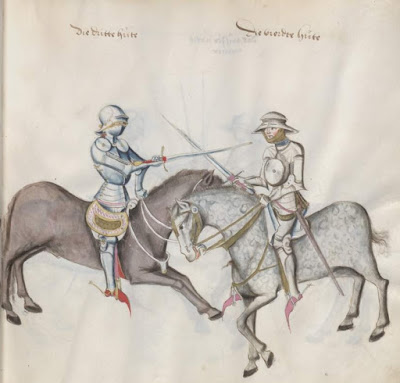Hippiatria sive Marescalia (1532)

by: Lorenzo Rusio aka: Laurentius Rusius
The full title of this is actually:
Hippiatria sive Marescalia Laurentii Rusii ad Nicolaum sancti Hadriani diaconum Cardinalem, in qua praeter variorum morborum plurima, ac saluberrimaremedia, plures quam in priore editione comodissime frenorum formae excusaesunt, vt nullum tam nouo oris vitio laborantem equum inuenias, cui non hincoccurrere facilime possis. -
Below is a summary written about this book:
"The horse has been an important animal throughout human history. The healing of injured or sick horses took a dominant place in early veterinary literature. Theories about equine physiology mirrored those about humans. Literature on both subjects was inherently linked. Many discoveries, including the circulation of the blood, developed in tandem. Astrology was an important ingredient to medieval and Renaissance human healing. The influence of the stars on the body was studied and carefully charted. Veterinarians did the same for horses. The signs of the zodiac were associated with different parts of the body. Do not, for example, treat the head while Aries is in the sky.
Medieval and Renaissance veterinary medicine looked to ancient texts for support. In the case of horses, veterinarians relied on a set of Classical and Byzantine Greek texts which are collectively known as the ‘Hippiatrica’. The most noted of ancient authors was Absyrtos, a military veterinarian in the service of the Roman Emperor Constantine I. Italian veterinarian Lorenzo Rusio (1288-1397), using the Latinized name of Laurentius Rusius, published his Hippiatria sive Marescalia in 1532. The book was published in Paris by Christianus Wechelus. The links to ancient veterinary practices are evident. Absyrtus had described a disease in the horse which appears like influenza. It was the earliest record of such an affliction in animals. Rusius recorded a similar occurrence of equine influenza, describing the symptom in these terms: ‘The horse carried his head drooping, would eat nothing, ran from the eyes, and there was a hurried beating of the flanks. The malady was epidemic, and in that year one thousand horses died.’
The Hippiatrica is a rich source of information about horses, medicine and magic, which was transmitted to the medieval scriptorium and ultimately to the printed edition. By the mid-1500s, sumptuous anatomical studies of human anatomy began appearing as dissection yielded new perspectives on the human body. Soon after, veterinarians started publishing similar studies of the anatomy of the horse."
Also inside are a number of drawings of various types of bits. Below are just a few examples:
































